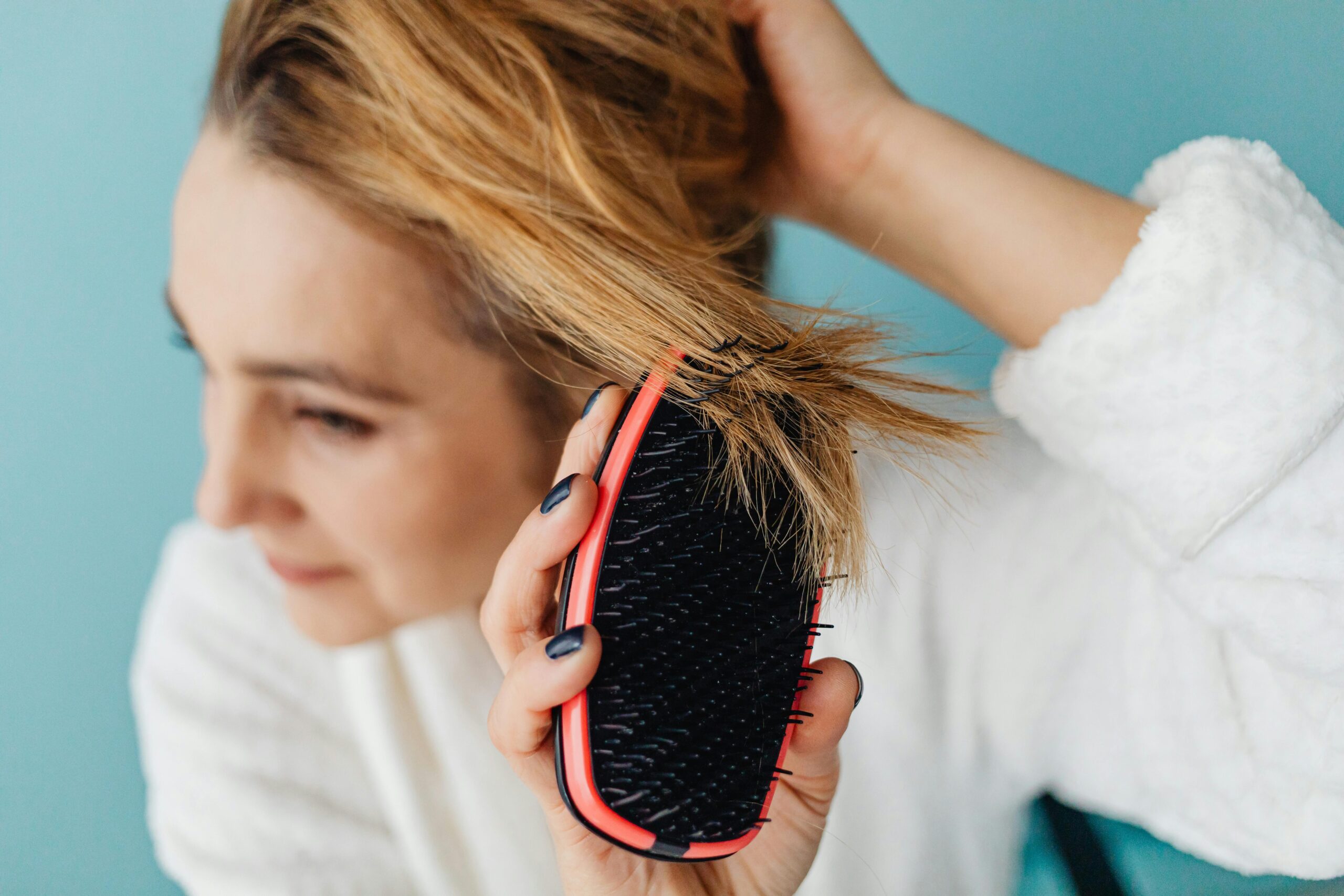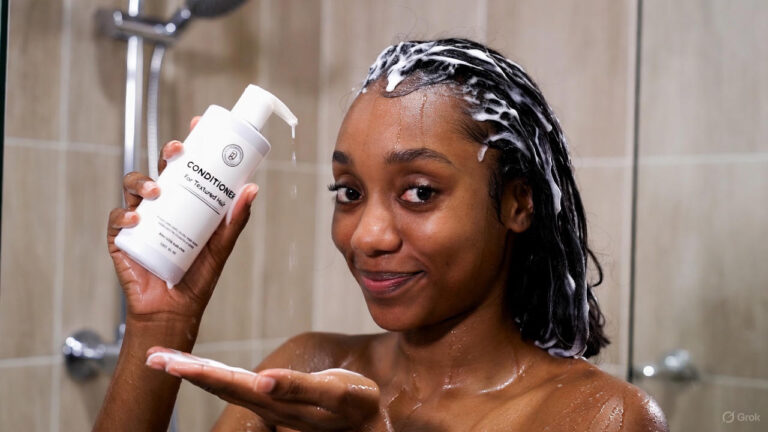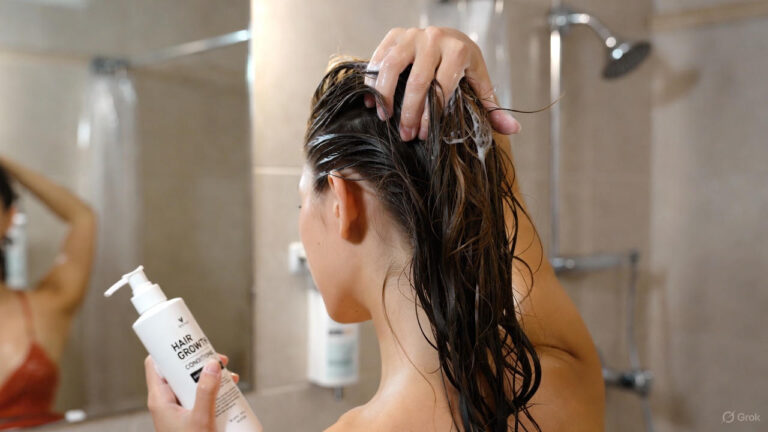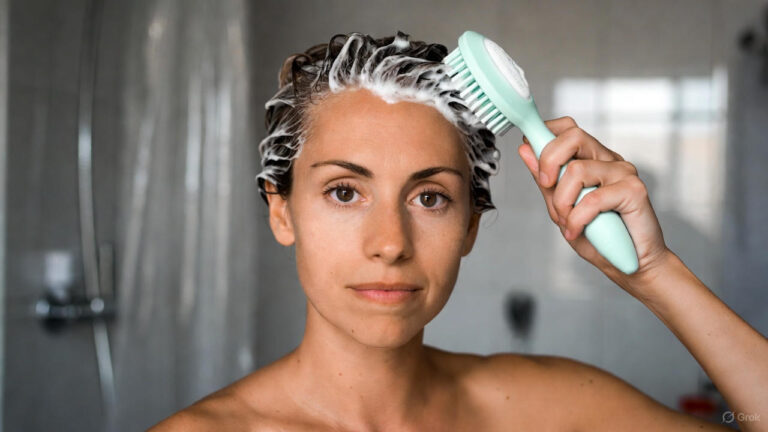Transitioning to natural hair is a rewarding journey that allows individuals to embrace their natural texture while promoting healthy hair growth. Whether you’re moving away from chemical treatments, heat styling, or other damaging practices, this process requires patience, commitment, and a solid plan. Here are some valuable tips to help you navigate this transition smoothly.
Understanding Your Hair Type
1. Know Your Texture
Understanding your natural hair texture is crucial. Hair types range from straight to wavy, curly, and coily. Identifying your hair type helps you choose appropriate products and techniques.
2. Embrace the Journey
Transitioning to natural hair is a journey, not a race. Accept the different textures you’ll encounter, including new growth and relaxed ends. Embrace this phase as an opportunity to learn more about your hair.
Care and Maintenance
3. Develop a Hair Care Routine
Creating a consistent hair care routine is essential. Focus on cleansing, conditioning, moisturizing, and styling. Incorporate sulfate-free shampoos and deep conditioners to maintain moisture.
4. Moisture is Key
Natural hair tends to be drier than straight hair. Regularly moisturize your hair to prevent breakage. Use leave-in conditioners, oils, or butters to lock in moisture.
5. Trim Regularly
Regular trims are vital to removing damaged ends. Schedule trims every 8-12 weeks to maintain healthy growth and improve the overall appearance of your hair.
6. Protective Styles
Consider protective styles like braids, twists, or buns. These styles shield your natural hair from environmental damage and reduce manipulation, allowing for healthier growth.
Product Selection
7. Choose the Right Products
Selecting products tailored to your hair type is crucial. Look for products that emphasize hydration, such as creams and oils. Avoid products with sulfates, parabens, and alcohol.
8. Experiment with Oils
Natural oils like coconut, olive, and jojoba can be beneficial for your hair. They provide moisture, reduce frizz, and enhance shine. Experiment to find what works best for your hair.
Styling Techniques
9. Learn New Styling Methods
Transitioning may require learning new styling techniques. Explore methods such as twist-outs, braid-outs, and wash-and-go styles. These techniques showcase your natural texture while keeping your hair healthy.
10. Avoid Heat Damage
Minimize heat usage during your transition. If you must use heat, apply a heat protectant to reduce damage. Opt for low-heat styling tools whenever possible.
Nutrition and Health
11. Eat a Balanced Diet
Your diet directly impacts your hair health. Incorporate vitamins and nutrients that promote hair growth, such as proteins, omega-3 fatty acids, and vitamins A, C, and E.
12. Stay Hydrated
Hydration plays a vital role in hair health. Drink plenty of water daily to maintain moisture levels in your hair and body.
Community and Support
13. Connect with Others
Joining a community of individuals transitioning to natural hair can provide encouragement and support. Share experiences, tips, and product recommendations with others on a similar journey.
14. Seek Professional Guidance
Consider consulting a hairstylist who specializes in natural hair. A professional can help you understand your hair’s needs and recommend personalized care strategies.
Conclusion
Transitioning to natural hair is a fulfilling journey that promotes self-discovery and healthier hair. By understanding your hair type, developing a consistent care routine, and seeking support, you can navigate this transition smoothly. Embrace your natural beauty and enjoy the process!
Frequently Asked Questions (FAQs)
1. How long does it take to transition to natural hair?
The transition duration varies for everyone. It can take anywhere from a few months to several years, depending on how long you choose to grow out your natural hair.
2. Can I transition without cutting my hair?
Yes, many people transition without cutting their hair. You can choose to gradually trim the relaxed ends while allowing your natural hair to grow.
3. What products should I avoid during the transition?
Avoid products containing sulfates, parabens, and alcohol, as they can strip moisture and damage your hair.
4. How often should I wash my hair while transitioning?
Washing your hair every 1-2 weeks is generally recommended. Adjust based on your hair’s needs and your lifestyle.
5. What are some protective styles I can try?
Some popular protective styles include braids, twists, updos, and wigs. These styles help shield your hair from damage while promoting growth.
6. Can I use heat on my hair during the transition?
While it’s best to minimize heat, you can use it sparingly if you apply a heat protectant and choose lower heat settings.
7. How can I reduce breakage during the transition?
Regularly moisturize your hair, avoid excessive manipulation, and trim damaged ends to minimize breakage and maintain healthy growth.



